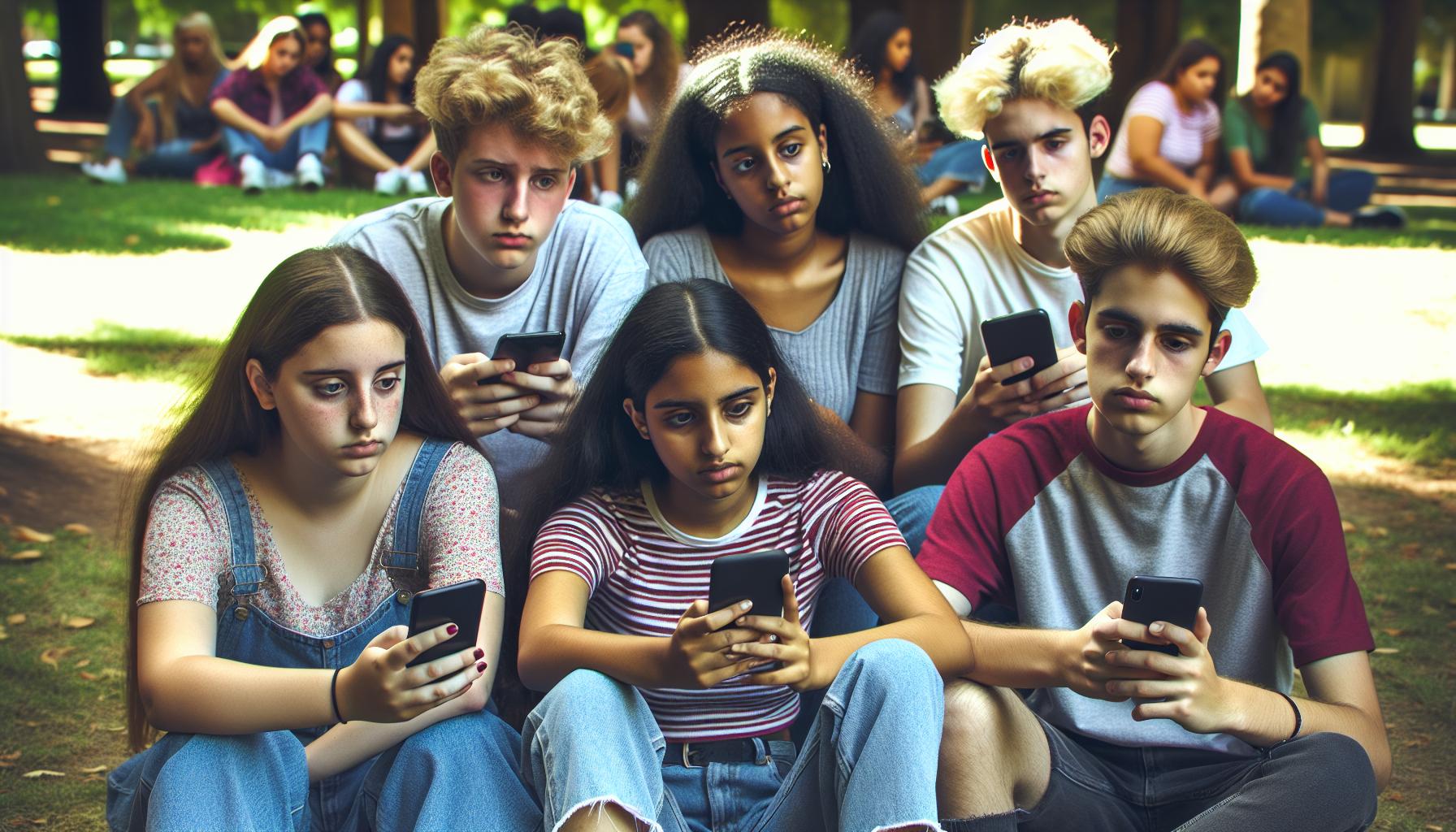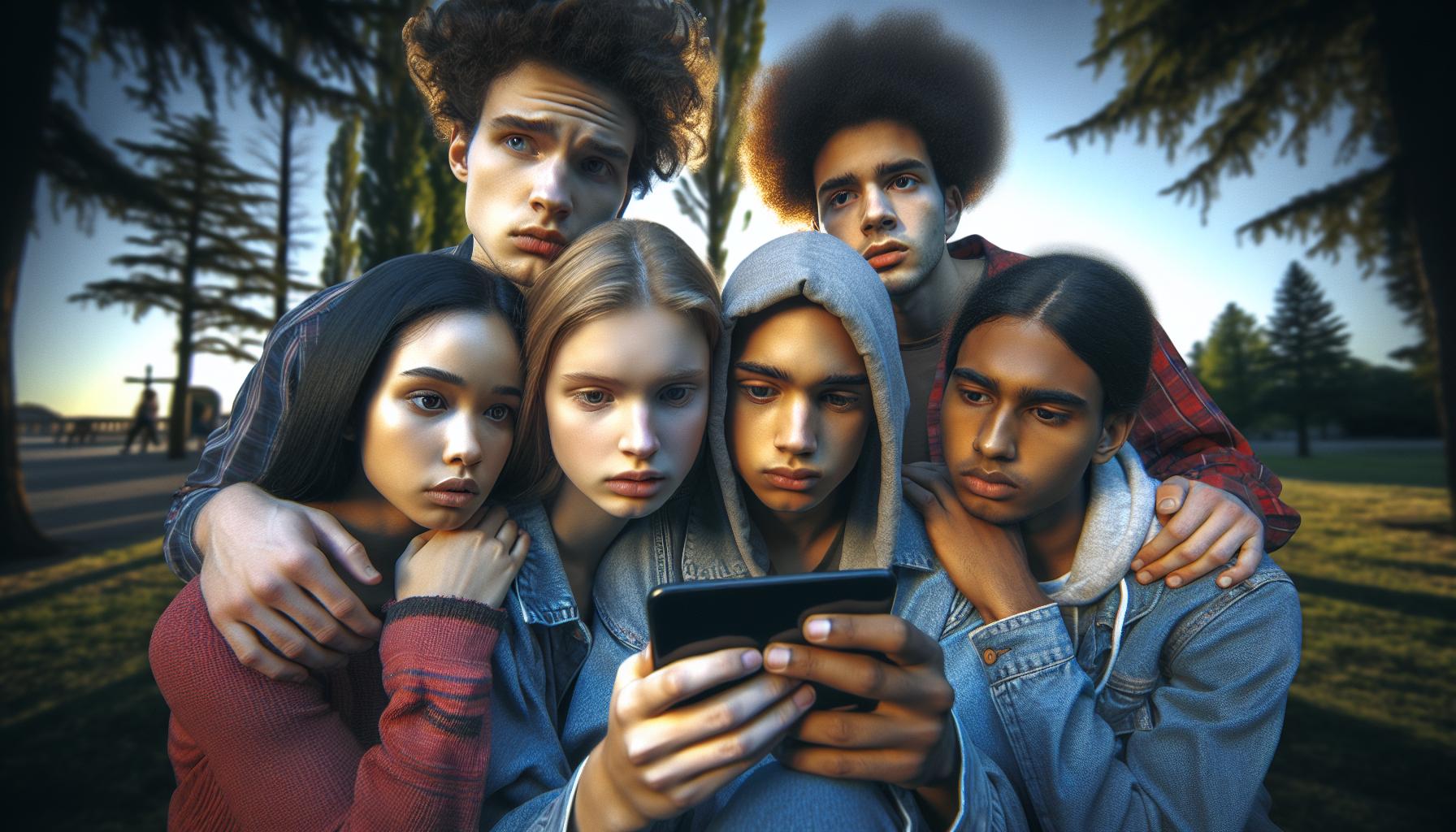Social media has become a wild playground where trends pop up faster than a cat video can go viral. While some trends bring joy and creativity, others make you wonder if everyone collectively lost their marbles. From bizarre challenges that could land someone in the ER to cringe-worthy memes that age like milk, the internet’s latest fads often leave a lot to be desired.
Bad Trends on Social Media
Social media trends can shift rapidly, often leading to the spread of harmful behaviors. Dangerous challenges, like the Tide Pod Challenge, have caused injuries and even fatalities. Misleading information spreads quickly, undermining trust and creating confusion among users.
Negative memes contribute to social stigmas and perpetuate harmful stereotypes. Toxicity in comment sections can escalate, impacting mental health for individuals exposed to bullying and criticism. Online “cancel culture” may lead to disproportionate consequences for minor mistakes, damaging reputations without a chance for redemption.
Fake news often circulates widely, with half-truths and sensationalism overshadowing factual reporting. Viral misinformation can incite fear, affecting public perceptions on serious issues like health and safety. Trends promoting unrealistic beauty standards can create anxiety and low self-esteem among vulnerable users.
Increased pressure to engage in viral content can overshadow authentic self-expression. Content creators face challenges as they conform to trending expectations, often compromising their values.
All these trends underscore the need for users to critically evaluate what they consume on social media. Understanding the implications of participating in these trends fosters more responsible usage and encourages healthier online environments.
Common Bad Trends

Social media platforms often showcase trends that have detrimental effects on users. Certain trends contribute to widespread issues that warrant attention.
Cyberbullying
Cyberbullying involves harassment through digital channels and affects individuals of all ages. Tactics include spreading rumors, making threats, and sharing private information publicly. Victims frequently experience anxiety, depression, and other long-term psychological effects. Statistics indicate that approximately 34% of students have experienced cyberbullying, affecting their self-esteem and social interactions. Peer support and intervention are crucial in combating this trend, as addressing it can lead to healthier online environments.
Misinformation and Fake News
Misinformation spreads rapidly across social media, creating confusion and mistrust. False information can manipulate public opinions and shape societal narratives, especially during critical events like elections or health crises. Data shows that 64% of users encounter false information regularly on their feeds. News articles or sensational posts can influence attitudes towards important topics. Encouraging media literacy among users serves as an effective way to counteract this trend.
FOMO and Mental Health Issues
FOMO, or the fear of missing out, contributes to feelings of inadequacy and anxiety among users. Individuals often compare themselves to the curated lives of others, leading to low self-esteem. Recent studies reveal that 70% of young people report feeling this anxiety due to social media exposure. Being constantly connected amplifies the pressure to maintain appearances while minimizing authentic self-expression. Balancing online engagement with offline activities promotes healthier mental well-being.
Impact on Society

Social media trends significantly impact societal behaviors and norms. Negative influences can compromise mental health, relationships, and perceptions among users.
Influence on Youth
Youth remain particularly susceptible to harmful social media trends. Approximately 34% of students have faced cyberbullying, resulting in lasting psychological effects. Unrealistic beauty standards often contribute to anxiety and low self-esteem, with 70% of young people reporting feelings of inadequacy due to social media. Constant exposure to misleading information further fuels distrust, as 64% of users frequently encounter falsehoods online. These factors emphasize the need for education about responsible social media use. Parents and educators should engage in open dialogues to foster resilience and media literacy among youth.
Effects on Relationships
Relationships often suffer due to negative social media trends. Individuals may experience increased jealousy and misunderstandings stemming from unrealistic expectations. Data points to the emergence of online conflict, with toxic comment sections contributing to mistrust and division among friends and couples. In addition, online interactions can distort real-life connections, leading to isolation or communication breakdown. Cancel culture exacerbates this issue, as unjust reputations can damage personal relationships. Awareness of these effects enables individuals to prioritize healthier communication habits and foster stronger connections despite digital distractions.
Solutions and Mitigation Strategies

Promoting safer social media experiences requires focus on digital literacy and positive online behavior.
Promoting Digital Literacy
Educational initiatives can enhance users’ understanding of online content. Schools should implement programs that teach critical thinking skills related to media consumption. Training sessions can emphasize recognizing misinformation and distinguishing credible sources from unreliable ones. As a result, 64% of users encountering false information regularly may decline. Workshops for parents can also strengthen their digital literacy, increasing their ability to guide children and teens. Furthermore, collaboration between educators and tech companies can develop resources and tools that aid understanding. Cultivating media literacy among youth can empower them to navigate online spaces responsibly.
Encouraging Positive Online Behavior
Encouraging respectful interactions on social media relies on community involvement. Influencers play a crucial role by promoting kindness through their platforms. Positive online campaigns can inspire users to share uplifting content rather than negativity. Initiatives that reward constructive comments can also stimulate healthier discourse. Schools and organizations can partner to create awareness programs that highlight the effects of cyberbullying and harassment, reaching individuals of all ages. Implementing peer support systems enables students to intervene when witnessing harmful behavior. Therefore, promoting a culture of respect and empathy can substantially reduce instances of online hostility and enhance mental well-being.
Social Media trends
Social media trends can have profound effects on individuals and society as a whole. While some trends spark creativity and connection, many others contribute to harmful behaviors and negative mental health outcomes. Recognizing the impact of these trends is crucial for fostering a safer online environment.
By promoting digital literacy and encouraging respectful interactions, users can navigate social media more responsibly. It’s essential for parents and educators to engage with young people about these issues, empowering them to develop critical thinking skills. Through collective efforts, the social media landscape can shift towards positivity and support, reducing the prevalence of harmful trends.


